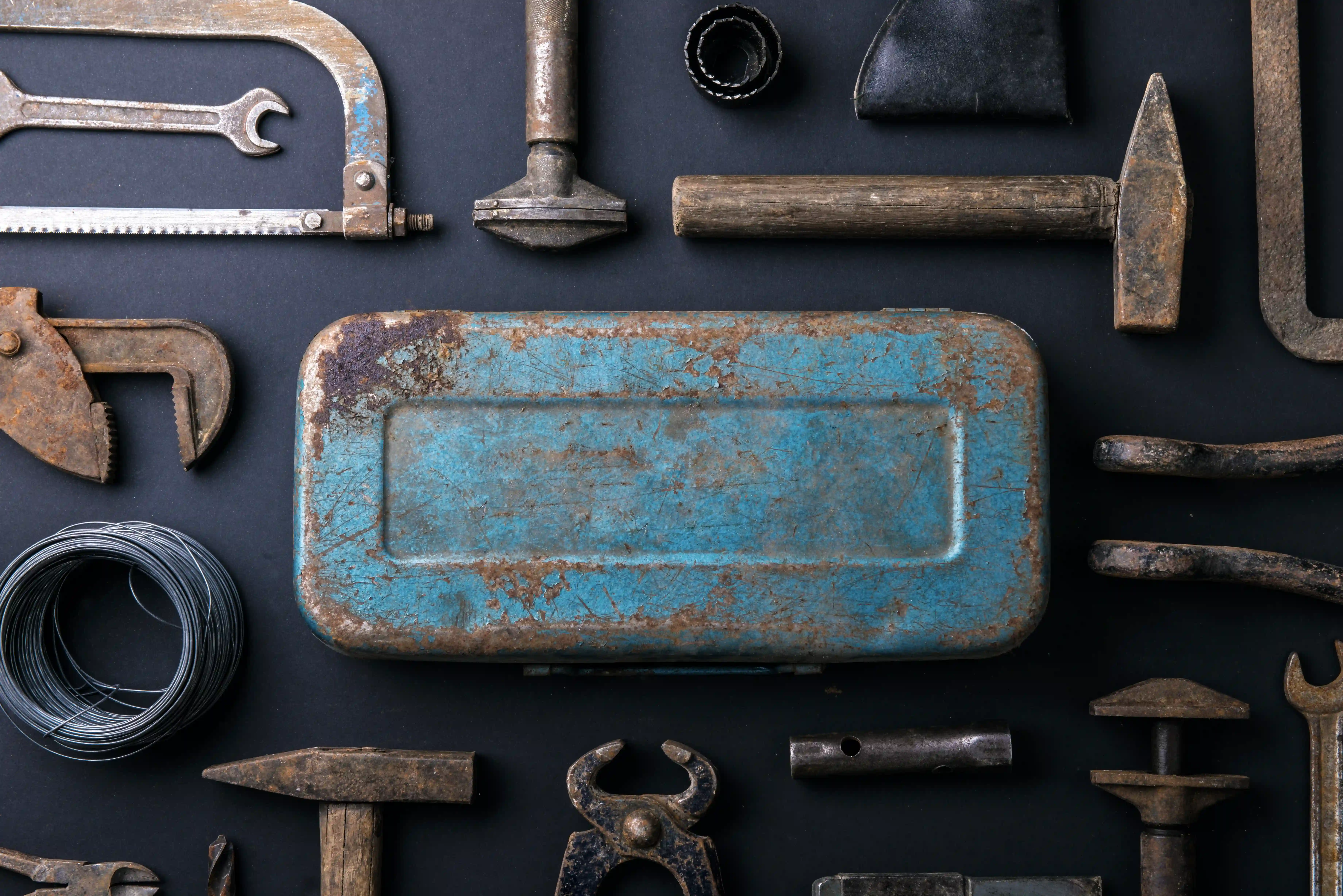Kodeclik Blog
Is Rusting a Chemical Change?

We all know that iron rusts. Rusting is the result of oxidation where iron is exposed to air and moisture. Rusting causes a reddish brown layer to be deposited on top of the iron.
What is involved in rusting?
In rusting, iron reacts with water and oxygen to create hydrogenated iron oxide (which is what rust is). Rusting thus needs three things: iron, oxygen, and water. Depending on what is contained in the water (e.g., saltwater) rusting can happen quickly.
How fast does rusting happen?
Rusting can happen either very slowly or fast. The usual way in which rust happens is gradual and can take days or months. But depending on the material that is rusting and the temperature gradients it can also happen very quickly.
Is rusting a chemical change?
A chemical change is a reaction in which new substances are formed. These are usually irreversible reactions where atoms from multiple molecules are rearranged in the final product. The underlying equation underlying rusting is Fe + O2 + H2O -> Fe2O3 and because a new substance is created, this is indeed a chemical change. Not only is rust a new substance, its properties are actually quite different from regular iron. Rust is essentially iron oxide or sometimes iron alloys. Further, because the reaction is irreversible, rusting is a permanent chemical change.
How can we prevent rusting?
Rusting can be prevented by applying oil or a dry coating. Painting and powder coating are other solutions. Finally, storing objects away from moisture can prevent rusting. All of these solutions are ways to ensure that iron does not come in contact with either air or water. These techniques are used in the creation of, for instance, kitchen utensils. Stainless steel has a chromium type coating which forms a protective layer around the object.
What does rusting have to do with computers?
Why do we have a story about rusting on the Kodeclik blog? Two reasons: Rust can render your computer ineffective and rust can be the basis for future generation computers.
Since computers are made of metal components they can rust. Exposure to humidity can corrode these components and render them ineffective. This is why computers should be placed in environments that have a controlled temperature and have devices such as dehumidifiers around. Also when you carry a laptop around your home and it experiences sudden temperature changes (e.g., working outside on your patio and then moving into your indoor office) this could cause condensation. So you must avoid abrupt changes of temperature.
The second reason we have a story about rusting is more interesting. Iron Oxide (Fe2O3) does not have magnetic properties in the usual sense. It is considered an “antiferromagnet”. But recent research has found so-called “magnetic merons” in rust that can be used to create new forms of computers at the molecular level. In other words, rust could be an alternative to silicon yielding atomic scale computers. Rust could move from being a "nuisance" material to something of great economic significance. However these ideas are still in research infancy; new fabrication procedures have to be developed.
So there you have it! Hope you enjoyed learning about rust and its relations to computing.
If you liked this blogpost, checkout our blogpost on how a capacitor works.
Checkout Kodeclik's Summer Camps and Classes! Sign up for 1:1 or small group classes.